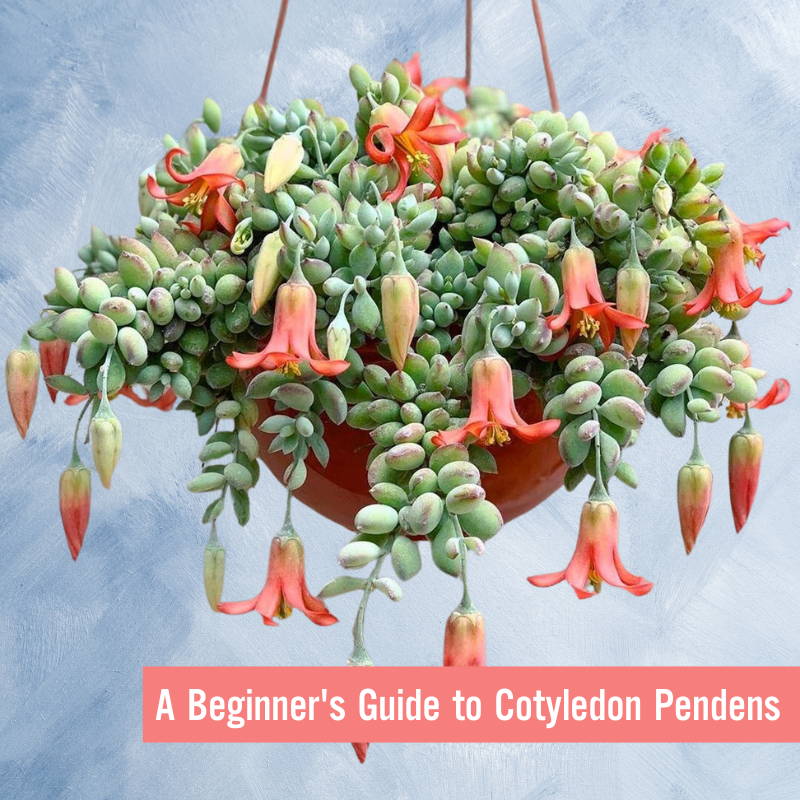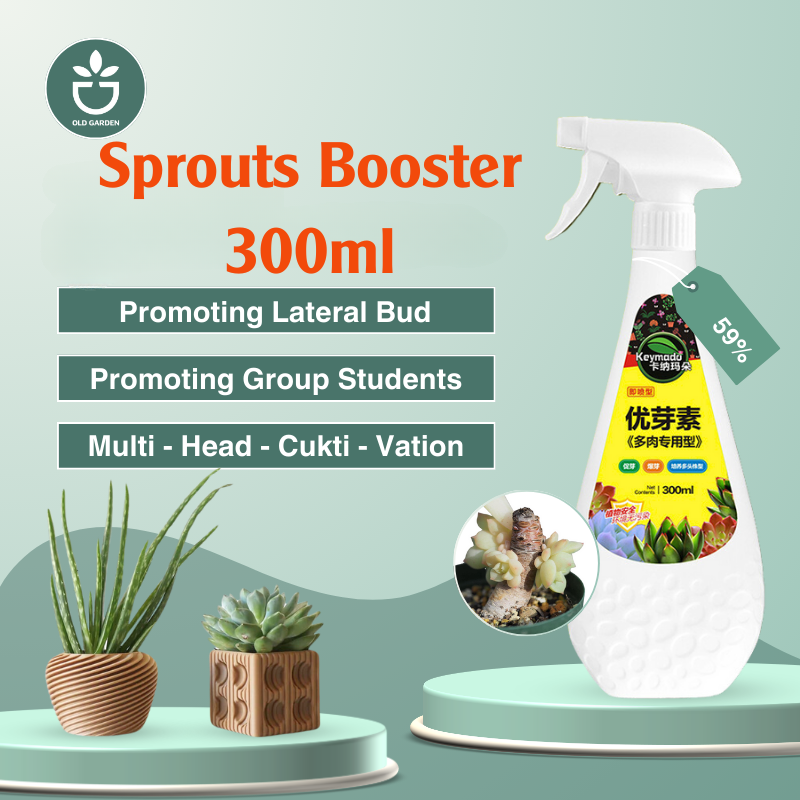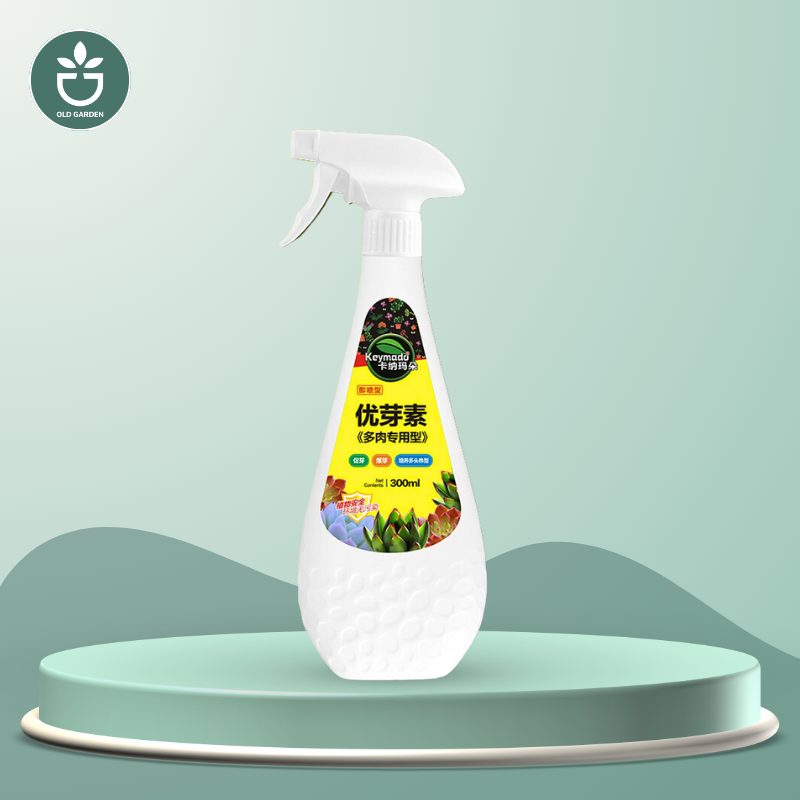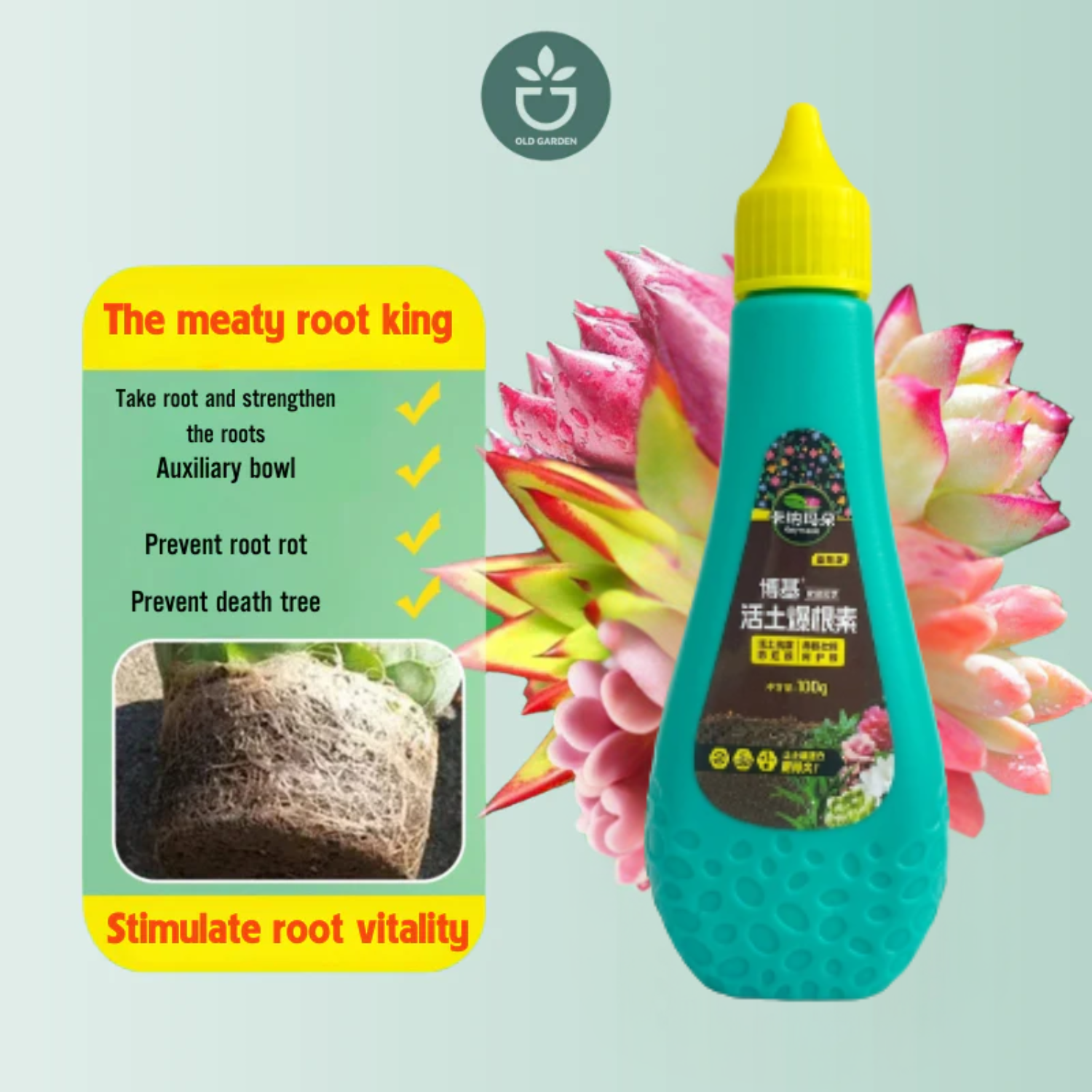Introduction to Cotyledon Pendens
Cotyledon pendens, also known as cliff cotyledon or hanging cotyledon, is a species of succulent plant belonging to the Crassulaceae family. This plant is native to rocky cliffs and slopes in South Africa.
C. pendens has light green, fleshy, hanging leaves that can grow up to 3 inches long. The leaves are spoon-shaped with a pointed tip, and they grow in pairs along the trailing stems. When happy, this succulent will become pendulous as it grows over the sides of pots or cliff faces.

An interesting fact about C. pendens is that it is capable of surviving extreme drought conditions. During times of drought stress, the leaves shrivel up and appear dead. However, when water becomes available again, the leaves plump up and return to life. This adaptability makes the plant well-suited for its native rocky habitat.
C. pendens is also sometimes referred to as "pig's ears" due to the shape of its leaves. It has been cultivated as a houseplant and in outdoor succulent gardens for many years. Its trailing stems and fleshy leaves make it an appealing addition to dish gardens and hanging planters.
Ideal Growing Conditions Cotyledon
Pendens require bright light to thrive. They prefer several hours of direct sunlight per day, such as a south or west facing window. Without enough light, the succulent may stretch out and etiolate.
The ideal temperature range is 65-75°F during the day and around 50°F at night. Avoid extreme heat over 90°F as it can scorch the plant.
This succulent prefers low humidity, around 40-50% is optimal. The drier air helps prevent rot and fungal issues.
A very porous, sandy soil mix works best. Aim for a cactus potting mix or make your own blend of roughly 60% sand or perlite and 40% potting soil. Good drainage is crucial to prevent soggy roots.
Watering Guidance
Cotyledon pendens have specific watering needs. Here are some tips:
- - How often to water: Water these succulents every 10-14 days during the growing season (spring and summer). Reduce watering to every 3-4 weeks in fall and winter when the plants are dormant.
- - Signs of under/overwatering: If the leaves start to wrinkle or pucker, it's a sign of under-watering. Overwatering can cause leaves to turn soft, translucent and fall off. The roots may rot as well.
- - Water drainage tips: Always water thoroughly until water drains from the drainage hole at the bottom. Allow the excess water to drain freely from the pot to prevent soggy soil. Use a gritty, well-draining soil mix specific for succulents. Terra cotta pots can help excess moisture evaporate.
Fertilizer Needs
Cotyledon pendens enjoys a light application of fertilizer during the growing season to look its best. Here are some tips on fertilizing these succulents:
- Recommended Fertilizers: Use a balanced houseplant fertilizer diluted to half strength. Look for options with an NPK ratio such as 10-10-10. Organic options like fish emulsion or compost tea also work well. Avoid fertilizers with high nitrogen.
- How Often to Fertilize: Fertilize cotyledon pendens every 2-4 weeks during the spring and summer growing season. Discontinue fertilizer in the fall and winter when growth slows.
- Signs of Nutrient Deficiencies: If the leaves start to turn pale or yellow, the plant may need more fertilizer. Stunted growth can also indicate a need for nutrients. Hold off on fertilizing if you notice leaf tip burn, as this is a sign of overfertilization. Monitor the plant and adjust your fertilizing routine accordingly.
Repotting and Pruning
Cotyledon pendens should be repotted about every 2-3 years in the spring. Make sure the plant is not blooming when you repot it.
Use a pot that is 2-4 inches larger than the current pot. The pot should have drainage holes and well-draining potting mix, like a cactus/succulent soil blend. Avoid regular potting soil as it retains too much moisture.

To repot:
- - Gently remove the plant from its pot. Knock the sides and bottom to loosen soil if needed.
- - Carefully loosen the root ball and trim any dead or damaged roots.
- - Place fresh potting mix in the new pot. Create a mound in the center to support the plant.
- - Set the plant in the pot and fill in around it with more mix. Leave about 1/2 inch between the soil and the rim so water can soak in.
- - Lightly firm down the soil but don't compact it. Pruning is best done in early spring before new growth emerges. Use clean, sterilized pruning shears or scissors. Cut off any dead, damaged, or unsightly growth at the stem. Also prune to maintain the desired size and shape. Take cuttings for propagation if desired. Avoid pruning more than 1/3 of the plant at one time.
Propagation
Cotyledon pendens can be propagated both through cuttings and from seed.
Propagating from Cuttings
Propagating cotyledon pendens from cuttings is an easy process. Here are the steps:
- 1. Take a cutting from the succulent by cutting off a leaf or stem. Choose a healthy leaf or stem and make sure to use sterile scissors or a knife.
- 2. Allow the cutting to dry out for a few days. This helps seal the wound.
- 3. Dip the end of the cutting in rooting hormone to encourage root growth. This is optional but can help speed up the process.
- 4. Plant the cutting in well-draining potting mix designed for succulents and cacti. 5. Gently firm down the soil and place the pot somewhere with plenty of bright, indirect light.
- 6. Wait for roots to form! It can take anywhere from 2-6 weeks. Keep the soil moist but not soaked.
- 7. Once roots have formed and the cutting seems established, you can begin to water more frequently. Gradually expose it to more direct light as well.
Propagating from Seeds
You can also propagate cotyledon pendens from seeds. Here's how:
- 1. Acquire seeds from a nursery or collect seed pods from an existing plant once dried.
- 2. Fill a small pot with well-draining cactus/succulent soil. Dampen the soil before planting.
- 3. Plant the seeds just below the surface of the soil. Space them 1/2 inch to 1 inch apart.
- 4. Cover the pot with plastic wrap or place it in a plastic bag to create humidity. Keep it in moderate light.
- 5. Remove the plastic once sprouts emerge in 1-2 weeks. Move the pot to bright, indirect light.
- 6. Water sparingly, keeping the soil just barely moist as the seedlings establish.
- 7. Transplant to individual containers once 2-3 sets of true leaves have formed.
- 8. Gradually expose to more direct sunlight and begin normal watering habits.
Common Pests and Diseases
Cotyledon pendens can fall victim to some common houseplant pests and diseases if not cared for properly. Here are the main issues to watch out for:
Common Pests
- - Mealybugs - These small, soft-bodied insects look like tiny tufts of cotton on the leaves and stems. They suck sap from the plant, leaving sticky residue. Check leaf axils and undersides for early detection. Remove with a cotton swab dipped in alcohol.
- - Aphids - Tiny, soft-bodied pear-shaped insects that congregate on new growth. They stunt growth by sucking sap. Knock them off with a strong stream of water or use insecticidal soap.
- - Fungus gnats - Small flying insects that feed on roots and spread fungal diseases. Allow soil to dry between waterings to deter them. Use yellow sticky traps for adults.
Diseases
- Botrytis blight - A fungal disease that creates brown/gray fuzzy spots on leaves and stems in humid conditions. Improve air circulation and avoid wetting foliage. Remove affected parts promptly.
- Root rot - Caused by overwatering. Roots turn brown and mushy and plant wilts. Improve drainage and allow soil to dry out before watering again. Remove dead roots and repot with fresh soil.
- Bacterial leaf spot - Leaves develop water-soaked spots that turn brown. Prune affected leaves. Disinfect tools after use. Space plants out for air circulation.
Prevention and Treatment
- - Inspect plants regularly for signs of pests or diseases.
- - Quarantine new plants before introducing to others.
- - Provide good air circulation between plants.
- - Allow soil to dry adequately between waterings.
- - Disinfect tools and pots with a 10% bleach solution.
- - Remove affected parts promptly to prevent spreading.
- - Treat pests with insecticidal soap or neem oil.
- - Use fungicides for fungal issues.
Keeping the plant stress-free with proper care is key to prevention. Act quickly when issues arise to avoid major infestations. With vigilance, common pests and diseases can be controlled.

Blooms and Flowers
The Cotyledon pendens produces beautiful bell-shaped flowers during the summer months. The blooming season typically runs from early summer through fall.
To encourage blooming, make sure the plant gets plenty of direct sunlight. At least 4-6 hours per day is ideal. The flowers also respond well to slightly drier soil conditions. Allow the top inch or two of soil to dry out between waterings while the plant is actively flowering.
The pendulous flowers are shaped like little hanging bells approximately 1 inch long. They come in bright colors like orange, red, pink, and yellow. The tubular flowers flare out at the ends into 5 pointed petals. Multiple blooms will emerge in clusters along the tips of the succulent stems.
Aside from sunlight and controlled watering, using a balanced fertilizer can promote vigorous growth and maximize flowering. Apply fertilizer at half strength during the spring and summer months. This will provide nutrients right when the plant needs them most for flowering.
To encourage reblooming, deadhead spent flowers by pinching or cutting them off. This redirects the plant's energy into producing new blooms instead of seeds.
Toxicity
Cotyledon pendens is considered toxic to both pets and humans. The plant contains insoluble calcium oxalates that can cause skin irritation, swelling of the mouth and throat, vomiting, and difficulty breathing if ingested.
All parts of the succulent are toxic, including the leaves, stems, flowers and roots. Even small amounts can cause an adverse reaction. Dogs and cats are especially at risk for toxicity if they chew on the succulent.
It's best to keep this plant out of reach of curious pets and children. Wear gloves when handling the plant and wash hands after touching it. Seek medical attention right away if ingestion occurs.
FAQ
What are the best conditions to grow Cotyledon pendens?
Cotyledon pendens thrives in warm temperatures and lots of sunlight. Ideal growing conditions are temperatures between 65-75°F and at least 6 hours of direct sunlight per day. They also need fast-draining soil and infrequent watering.
How often should I water Cotyledon pendens?
Only water Cotyledon pendens when the soil is completely dry. The soil should be allowed to dry out between waterings. Water less frequently in the winter. Overwatering is the most common reason for problems.
Should I mist Cotyledon pendens?
Misting is not necessary or recommended. Cotyledon pendens prefers dry air over high humidity. Misting increases the risk of fungal diseases taking hold.
What type of soil is best?
A very porous, fast-draining cactus/succulent soil mix is ideal. You can make your own mix with equal parts potting soil, coarse sand, perlite or pumice. Soil should drain quickly and not hold moisture.
When and how do I repot Cotyledon pendens?
Repot in the spring every 2-3 years or when the roots have filled the current container. Use a pot only 1-2 inches larger and replenish the soil mixture. Gently loosen root ball and repot into dry soil, then wait 1 week to water.
How do I propagate Cotyledon pendens?
Propagate from leaf cuttings in the spring or summer. Cut a healthy leaf and allow the cut end to callous for a few days. Place cut-end down in well-draining soil. New plants should sprout in a few weeks.
Why are my plant's leaves turning brown or soft?
Overwatering causes leaves to turn brown and soft. Allow soil to dry out completely between waterings. Remove any dead or dying leaves promptly. Underwatering can also cause leaves to shrivel.
How can I get my Cotyledon pendens to bloom?
Cotyledon pendens blooms in late spring or summer. Mature plants over 3 years old are more likely to bloom. Provide optimal sunlight, limit water in winter, and avoid overfeeding to encourage blooms. Blooms are bell or urn shaped and hang downward.
Is Cotyledon pendens toxic?
Yes, Cotyledon pendens is toxic to humans and pets if ingested. The plants contain bufadienolides that can cause nausea, vomiting, and other symptoms if eaten. Keep out of reach of children and pets. Seek medical attention if ingested.





